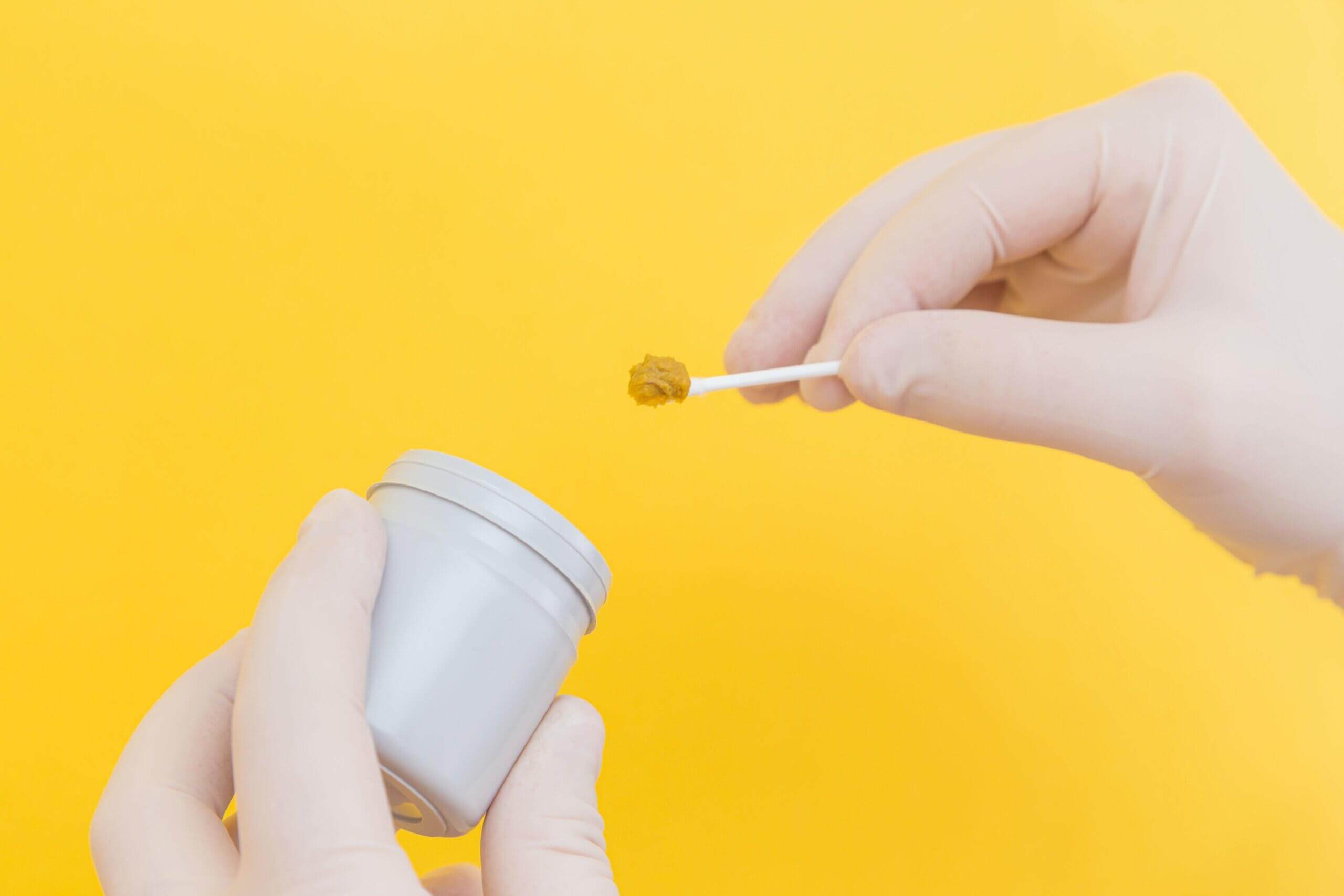

Articles
How To Store Poop Sample For Vet
Modified: February 22, 2024
Learn how to properly store a poop sample for your vet. Our articles provide step-by-step instructions and tips to ensure accurate test results.
(Many of the links in this article redirect to a specific reviewed product. Your purchase of these products through affiliate links helps to generate commission for Storables.com, at no extra cost. Learn more)
Introduction
When it comes to caring for our furry friends, regular visits to the veterinarian are essential for their health and well-being. During these visits, the vet may request a poop sample, also known as a fecal sample, to check for any underlying medical conditions or parasites. While it might sound unpleasant, providing a poop sample can provide valuable insights into your pet’s overall health.
However, it’s important to know how to store a poop sample properly to ensure accurate test results. This article will guide you through the process step-by-step, from choosing the right container to properly labeling and storing the sample. Additionally, we will provide tips on safely transporting the sample to the veterinary clinic. Let’s dive in!
Key Takeaways:
- Properly storing a poop sample for your vet is crucial for detecting parasites, monitoring digestive health, diagnosing medical conditions, and assessing treatment effectiveness. It’s a valuable contribution to your pet’s health care.
- Choosing the right container, preparing the sample carefully, and following proper labeling and storage instructions are essential for maintaining the integrity of the poop sample. Safe transportation to the vet ensures accurate testing and optimal care for your pet.
Read more: How To Store A Poop Sample For The Vet
Why is it important to store a poop sample for the vet?
Storing a poop sample may not be the most pleasant task, but it serves a crucial role in helping your veterinarian diagnose and treat your pet’s health issues. Here are a few reasons why it is important to store a poop sample:
- Detecting parasites: One of the primary reasons for collecting a poop sample is to check for the presence of parasites such as worms, giardia, or coccidia. These internal parasites can cause a range of health problems in pets, including diarrhea, weight loss, and poor appetite. By analyzing a poop sample, the vet can identify the specific parasite and recommend the appropriate treatment.
- Monitoring digestive health: Healthy digestion is vital for your pet’s well-being. By examining a poop sample, the vet can assess the consistency, color, and any abnormal findings such as mucus or blood. Any irregularities in the stool can indicate issues such as gastrointestinal infections, dietary sensitivities, or inflammatory conditions that require further investigation and treatment.
- Diagnosing underlying medical conditions: In some cases, a poop sample can provide valuable insights into underlying medical conditions that are not visible through a physical examination. It can help identify conditions such as pancreatitis, malabsorption disorders, or certain types of intestinal cancers. Early detection of these conditions can lead to prompt treatment and a better prognosis for your pet.
- Assessing the effectiveness of treatment: If your pet has been receiving treatment for a specific condition, a poop sample can help assess the effectiveness of the prescribed medications. By monitoring changes in the stool following treatment, the vet can determine whether adjustments need to be made to the current treatment plan.
By storing a poop sample for your vet, you are providing crucial information that can aid in accurate diagnosis and proper treatment for your beloved pet. Don’t underestimate the importance of this seemingly unappealing task!
Step-by-step guide on storing a poop sample
Storing a poop sample for the vet may seem like a daunting task, but with the right approach, it can be a smooth and straightforward process. Here is a step-by-step guide to help you store a poop sample correctly:
- Gather necessary supplies: Before you begin, gather all the necessary supplies. You will need disposable gloves, a clean container with a tight-fitting lid, and a clean plastic bag or newspaper to protect the container during transportation.
- Select a fresh sample: It’s crucial to collect a fresh sample to ensure accurate results. Using a clean disposable glove, pick up a small portion of the poop, avoiding any urine or other debris. Make sure the sample is representative of the overall stool consistency and appearance.
- Transfer the sample to the container: Carefully transfer the collected sample into the clean container. Be gentle to avoid any spills or contamination. Do not fill the container completely, as the sample may expand or require additional testing.
- Label the container: Properly label the container with your pet’s name, the date and time of collection, and any specific instructions provided by your vet. This will ensure that the sample is identifiable and prevent any mix-ups.
- Secure the lid: Make sure the container’s lid is tightly secured to prevent leaks or odors during transportation. You can use tape or rubber bands to further secure the lid if needed.
- Place the container in a plastic bag or wrap it in newspaper: To maintain hygiene and prevent any potential contamination, place the container in a clean plastic bag or wrap it in newspaper. This step will also minimize any odors during transportation.
- Store the sample in a cool place: It is important to store the sample in a cool place, such as the refrigerator, until you can deliver it to the veterinary clinic. Avoid freezing the sample, as extreme temperatures may affect the integrity of the testing.
- Transport the sample to the vet: When transporting the sample to the veterinary clinic, make sure it is kept upright to prevent any spills. If you are traveling a long distance or the weather is warm, consider placing the sample in a cooler bag with ice packs to maintain its freshness.
Following these steps will ensure that the poop sample remains preserved and suitable for accurate testing by your veterinarian. Remember, proper storage and handling are essential for reliable results. Your efforts will contribute to your pet’s health and aid the veterinarian in providing the best care possible.
Choosing the right container for storing the sample
When it comes to storing a poop sample, selecting the right container is crucial for preserving its integrity and preventing any leaks or contamination. Here are some factors to consider when choosing the right container:
- Disposable or reusable: Disposable containers are often the preferred choice as they eliminate the need for cleaning and sterilization. Look for containers that are specifically designed for storing biological samples, such as sterile screw-top containers or single-use collection cups. However, if you opt for a reusable container, make sure it can be thoroughly cleaned and sanitized after each use.
- Tight-fitting lid: The container should have a secure, tight-fitting lid to prevent any leakage or exposure to the surrounding environment. This is crucial to maintain the sample’s integrity and prevent any potential contamination.
- Non-porous and leak-proof: Choose a container made of non-porous material, such as plastic or glass, that is resistant to leaking or absorbing moisture. This will help preserve the sample’s consistency and prevent any potential damage during transportation.
- Size and capacity: Consider the size and capacity of the container based on the expected quantity of the poop sample. It should be large enough to accommodate the sample without overfilling, allowing for proper testing and analysis by the veterinarian.
- Transparency: Opt for a transparent or translucent container, if possible, to allow the vet to visually assess the sample’s consistency and appearance. This can provide additional insights into your pet’s digestive health.
- Compatibility with lab requirements: Check with your veterinary clinic to ensure that the container you choose is compatible with their laboratory requirements. Some clinics may have specific guidelines or recommendations regarding the type of container or preservation solution to be used.
Remember, hygiene is of utmost importance when handling a poop sample. Regardless of the container you choose, make sure it is thoroughly cleaned and properly closed to maintain the sample’s integrity. Always follow the guidelines provided by your veterinarian to ensure accurate test results and optimal care for your pet.
Collect a fresh poop sample in a clean, sealable container and refrigerate it until you can take it to the vet. Avoid using a container with preservatives or additives.
Preparing the poop sample for storage
Properly preparing the poop sample for storage is essential to maintain its integrity and ensure accurate test results. Here are the steps to follow when preparing the poop sample:
- Use disposable gloves: Before collecting the poop sample, put on a pair of disposable gloves to prevent any direct contact with the feces. This will help minimize the risk of contamination and maintain hygiene.
- Collect a fresh sample: Ideally, collect the sample as soon as your pet defecates to ensure its freshness. Use a clean disposable glove to pick up a small portion of the poop, avoiding any urine or other debris. It’s crucial to select a representative portion that reflects the overall consistency and appearance of the stool.
- Avoid contamination: Take extra care to avoid contamination of the sample. Be mindful not to touch any surfaces or objects while collecting the poop. If needed, place a clean plastic bag or newspaper on the ground to catch the sample directly without any contact.
- Remove excess debris: If the poop sample contains any non-fecal matter, such as grass or litter, remove it using a clean disposable glove or a clean tissue. The goal is to have a pure fecal sample without any external contaminants.
- Transfer the sample to a container: Carefully transfer the collected poop sample into a clean container with a tight-fitting lid. It’s important to avoid spillage or contact between the poop and your hands or the outside of the container.
- Close the lid tightly: Once the sample is transferred, ensure the container’s lid is tightly closed to prevent leakage and contamination. Double-check the seal to make sure it is secure before proceeding.
- Dispose of the gloves and sanitize: After transferring the sample, discard the used gloves in a proper waste disposal bin. Then, thoroughly wash your hands with soap and warm water for at least 20 seconds to ensure proper hygiene.
By following these steps, you can properly prepare the poop sample for storage, minimizing the risk of contamination and ensuring accurate test results. Remember, proper handling and hygiene are crucial throughout the process to maintain the integrity of the sample.
Read more: How To Store Cat Stool Sample For Vet
Proper labeling and storage instructions
Properly labeling and storing the poop sample is essential to ensure accurate identification, maintain sample integrity, and facilitate seamless testing processes. Here are some guidelines for proper labeling and storage:
- Label the container: Using a permanent marker or label, clearly write your pet’s name on the container. Include additional information such as the date and time of collection. This will help the veterinary staff identify the sample and ensure it is properly handled.
- Follow specific instructions: Your veterinarian may provide specific instructions for labeling the container or including additional information. If they provide any specific requirements, make sure to follow them precisely to avoid any confusion or delays in processing the sample.
- Store the sample in a cool place: After labeling the container, store the poop sample in a cool place, such as the refrigerator. The cool temperature will help preserve the sample’s integrity until it can be taken to the veterinary clinic. Avoid freezing the sample as extreme temperatures can affect the accuracy of subsequent tests.
- Keep the sample away from food: It is crucial to store the poop sample away from any food items or areas where food is prepared. This will prevent any potential cross-contamination and ensure proper hygiene in your home.
- Separate samples if needed: If you are storing samples from multiple pets, make sure to keep them separate and appropriately labeled. This will prevent any mix-ups and allow for accurate individual testing and analysis.
- Follow storage timeline: Check with your veterinarian regarding the recommended storage timeline for the poop sample. Follow their guidelines to ensure the sample remains viable for testing. Depending on the specific tests required, your vet may ask you to deliver the sample within a certain timeframe for accurate results.
- Be aware of sample expiration: Keep in mind that poop samples have an expiration date. If you are unable to deliver the sample within the recommended timeline, consult with your veterinarian to determine if a fresh sample is necessary.
By properly labeling the container and following storage instructions, you are helping the veterinary clinic maintain the quality and integrity of the poop sample. This ensures accurate testing and analysis, leading to the best possible care for your furry companion.
Tips for transporting the sample to the veterinary clinic safely
Transporting the poop sample to the veterinary clinic requires careful attention to ensure its safety, integrity, and prevent any potential contamination. Here are some tips to help you transport the sample safely:
- Use a leak-proof container: Ensure that the container used to store the poop sample is leak-proof and tightly sealed. This will prevent any potential spills or leaks during transportation, minimizing the risk of contamination.
- Protect the container: To further protect the container, place it in a clean plastic bag or wrap it in newspaper. This additional layer helps prevent odors and provides an extra barrier against any potential leakage during transportation.
- Keep the sample upright: To avoid any spills or mixing of contents, keep the poop sample container upright during transport. This helps maintain its integrity and ensures that the sample remains identifiable for accurate testing.
- Minimize travel time: Try to minimize the time between collecting the poop sample and delivering it to the veterinary clinic. The longer the travel time, the greater the chance of the sample degrading or becoming contaminated. If there is a significant delay, consult with your vet to determine if a fresh sample is needed.
- Consider temperature: Depending on your location and the weather conditions, consider the temperature during transportation. Extreme heat or cold can impact the sample’s integrity. If necessary, use a cooler bag with ice packs to maintain a cooler temperature during transport.
- Inform the clinic in advance: It’s always a good idea to inform the veterinary clinic in advance that you will be bringing a poop sample for testing. This allows them to prepare and provide any specific instructions for drop-off or handling.
- Follow any additional instructions: If your veterinarian has provided any specific instructions for transporting the poop sample, make sure to follow them diligently. This may include specific collection times, designated drop-off areas, or any additional precautions to take during transportation.
By following these tips, you can ensure the safe and reliable transport of the poop sample to the veterinary clinic. This helps maintain the sample’s integrity and allows for accurate testing, leading to the best possible care for your pet.
Conclusion
Storing a poop sample for your vet may not be the most glamorous task, but it plays a crucial role in your pet’s overall health and well-being. By following the step-by-step guide, choosing the right container, properly preparing the sample, labeling and storing it correctly, and safely transporting it to the veterinary clinic, you are contributing to accurate diagnoses and effective treatments for your furry friend.
Collecting a fresh poop sample allows the vet to check for parasites, monitor digestive health, diagnose underlying medical conditions, and assess the effectiveness of treatments. It provides invaluable insights that may not be visible through physical examinations alone.
Remember to choose a suitable container that is leak-proof, has a tight-fitting lid, and is compatible with the veterinary clinic’s requirements. Properly labeling the container with your pet’s name, date and time of collection, and following any specific instructions provided by your vet ensures accurate identification of the sample.
Storing the sample in a cool place, separate from food, and within the recommended timeline helps maintain its integrity. Transporting the sample in a leak-proof container, protected with a plastic bag or newspaper, and keeping it upright during transport minimizes the risk of spills and contamination.
By understanding the importance of storing a poop sample for the vet and following these guidelines, you are actively contributing to your pet’s health and providing valuable information for your veterinarian to deliver the best care possible.
So, the next time your vet requests a poop sample, don’t shy away from the task. Embrace it as a necessary part of your pet’s healthcare routine. Your efforts will make a significant difference in their overall well-being.
Frequently Asked Questions about How To Store Poop Sample For Vet
Was this page helpful?
At Storables.com, we guarantee accurate and reliable information. Our content, validated by Expert Board Contributors, is crafted following stringent Editorial Policies. We're committed to providing you with well-researched, expert-backed insights for all your informational needs.
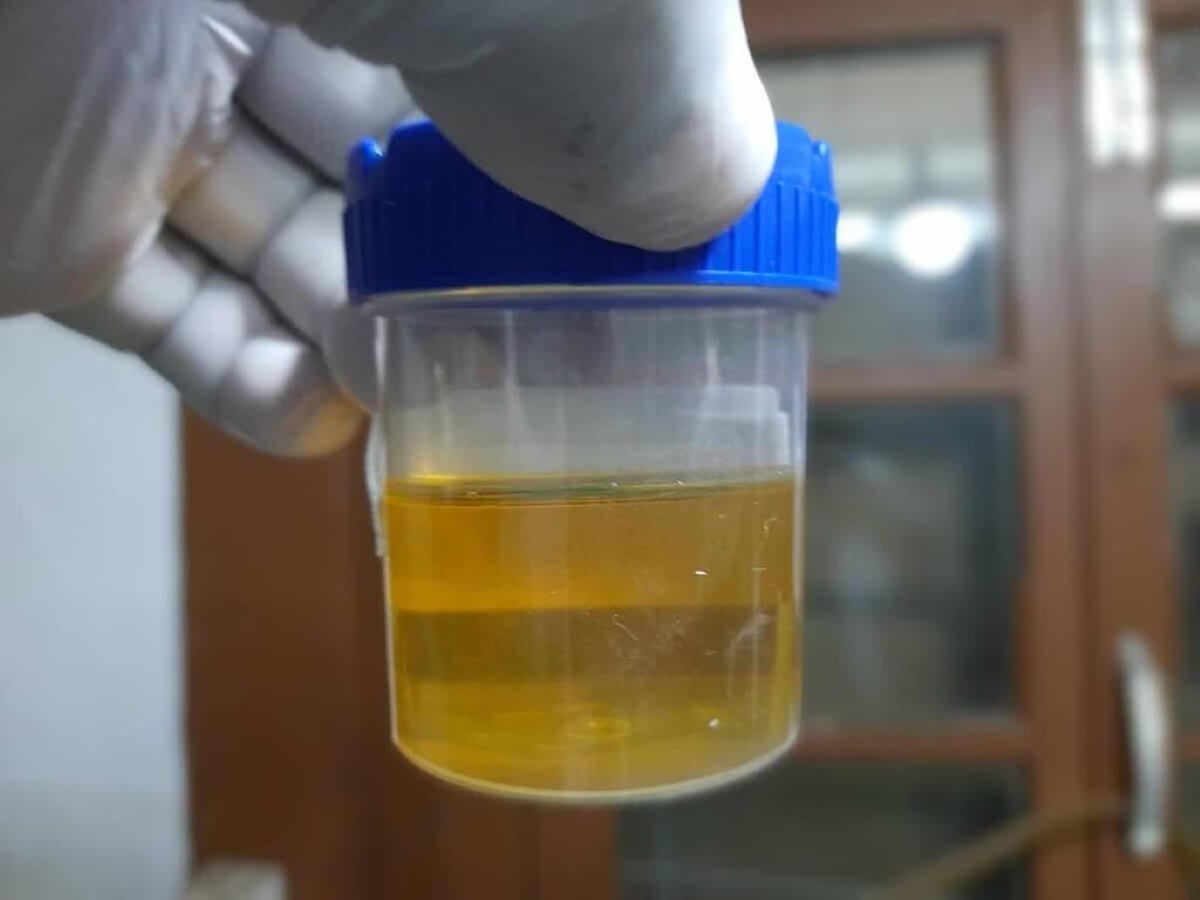
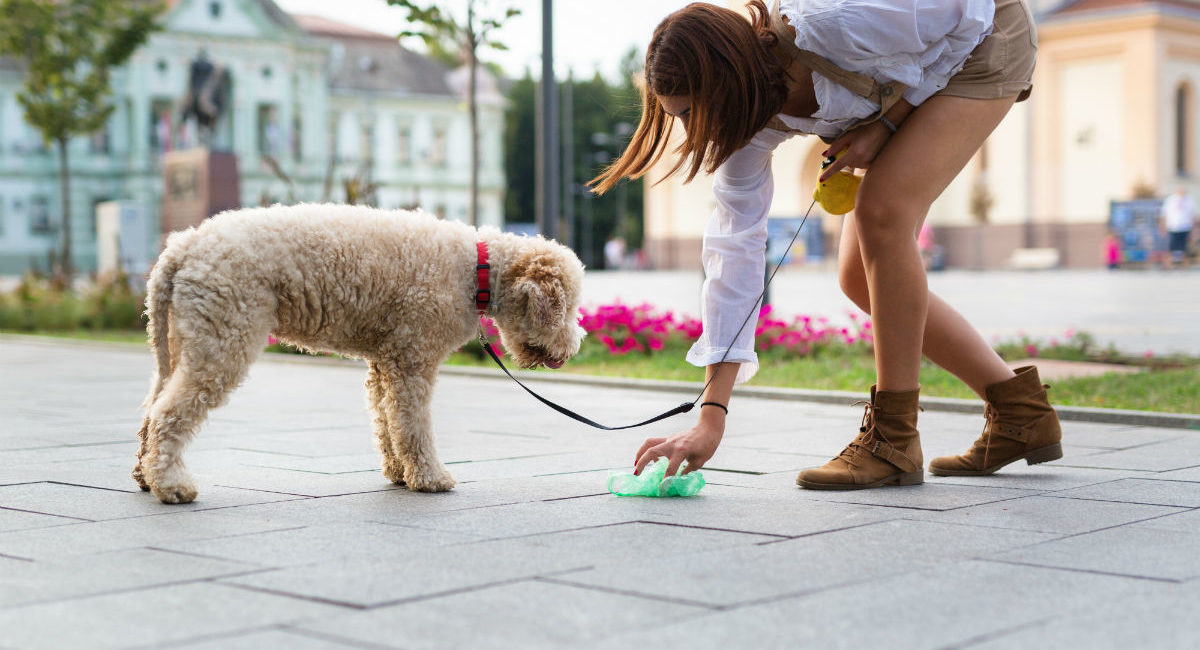
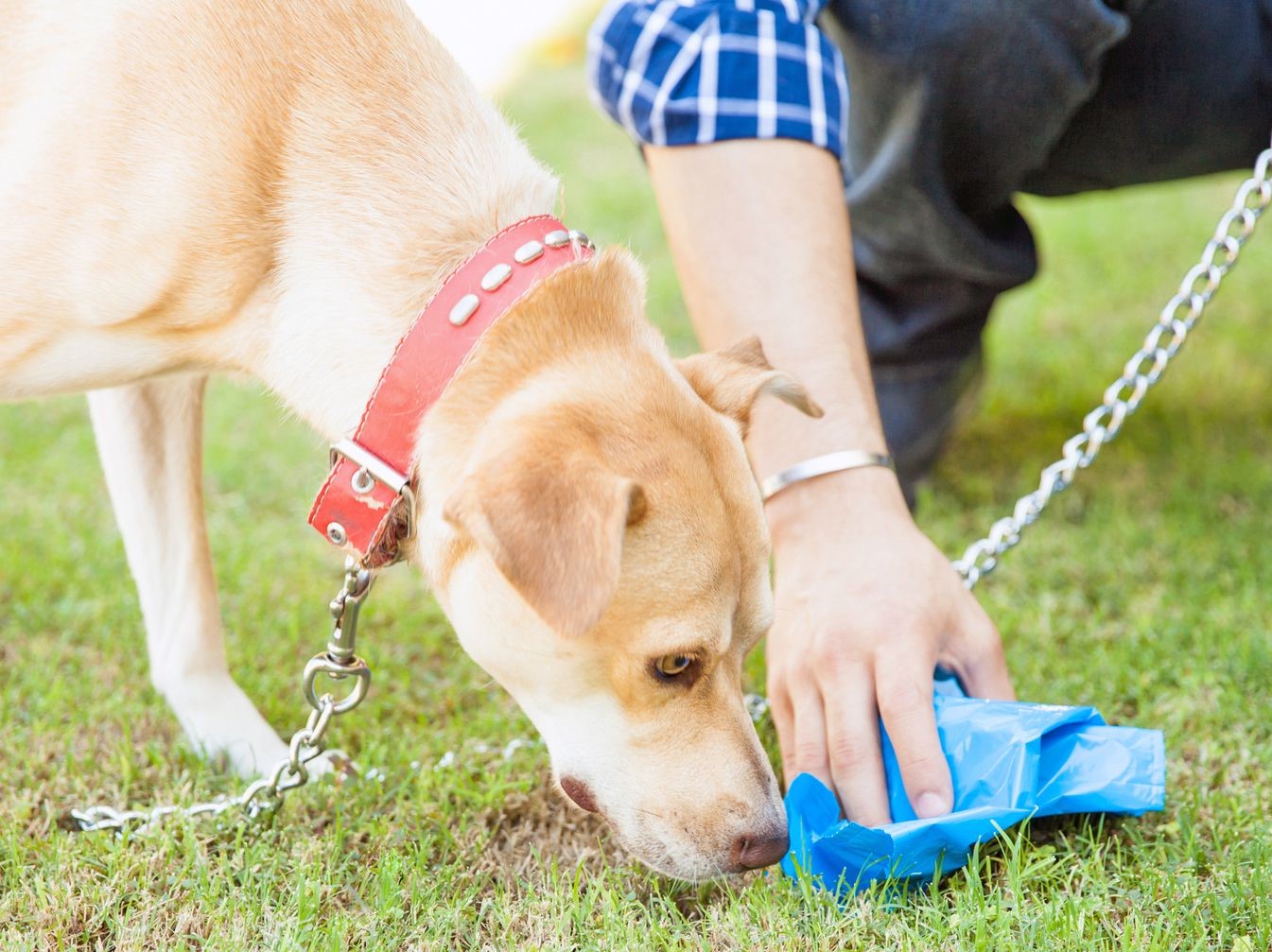
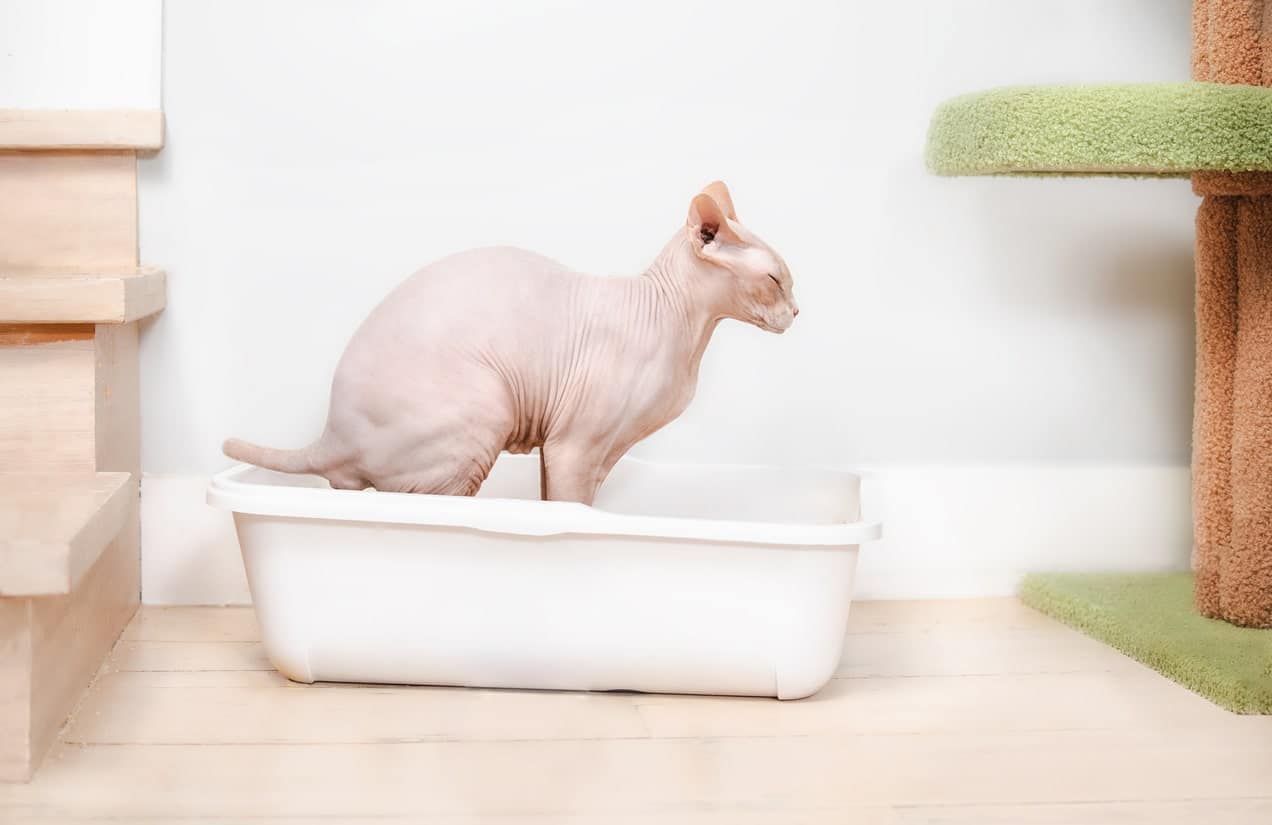
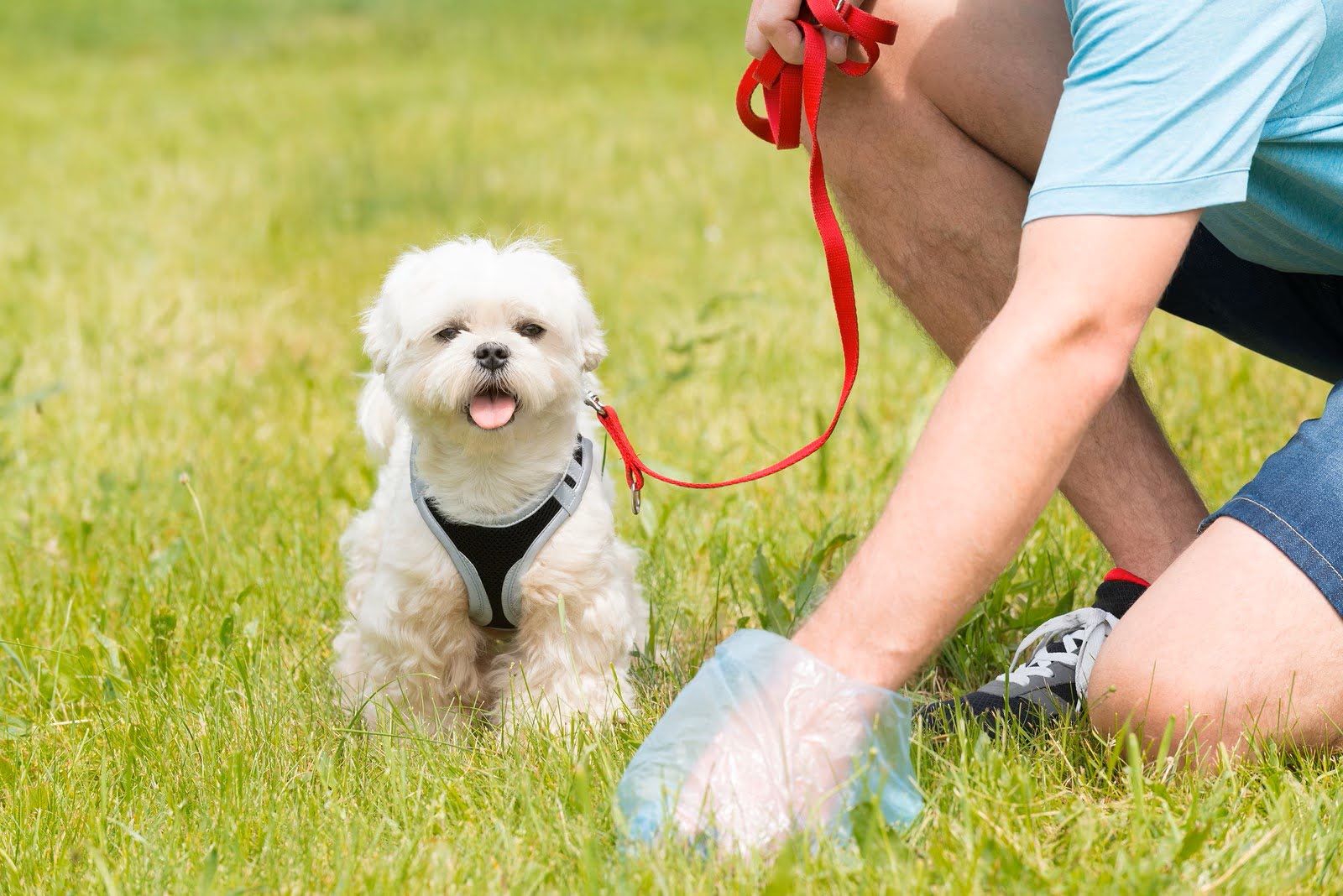
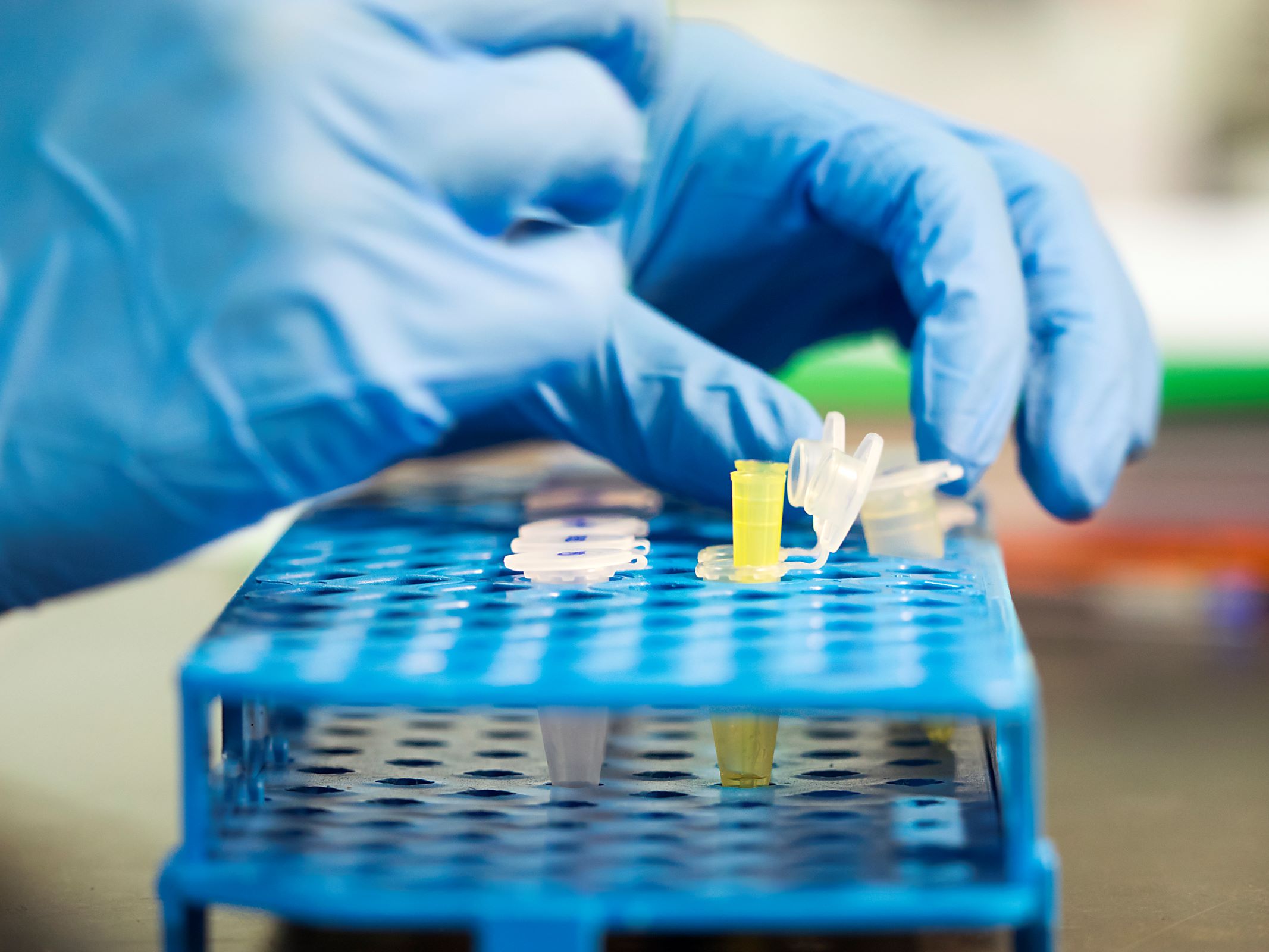
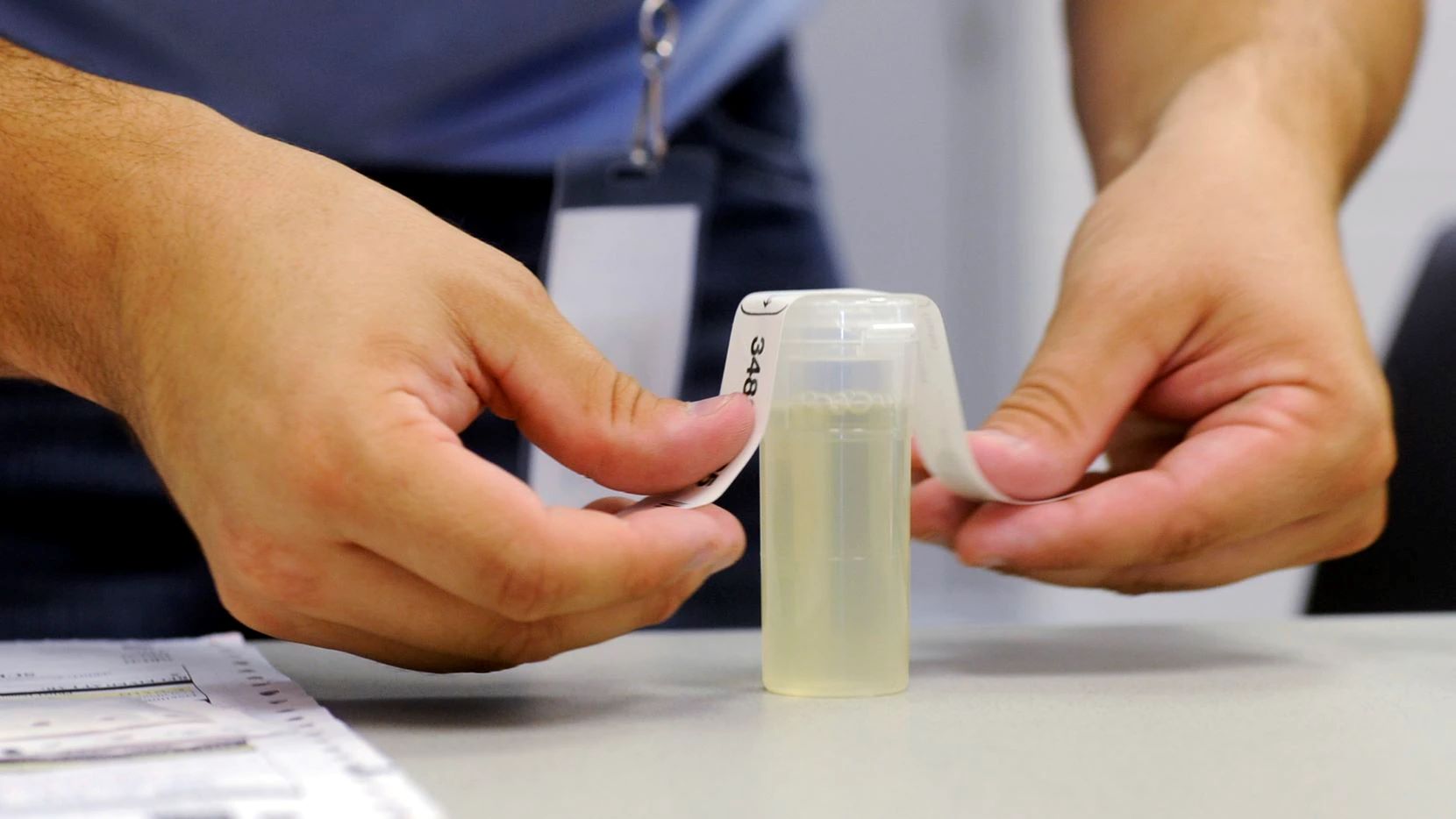

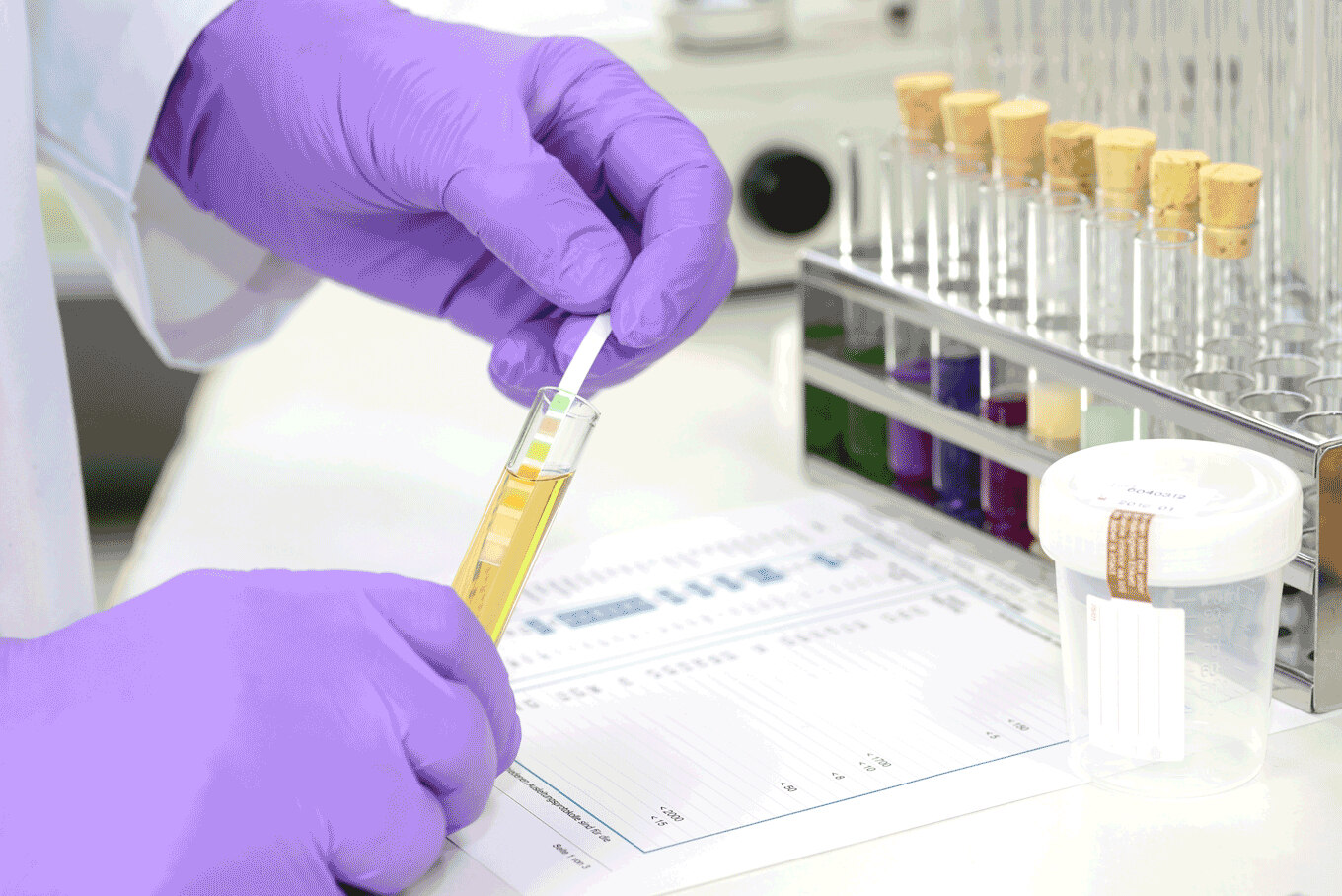
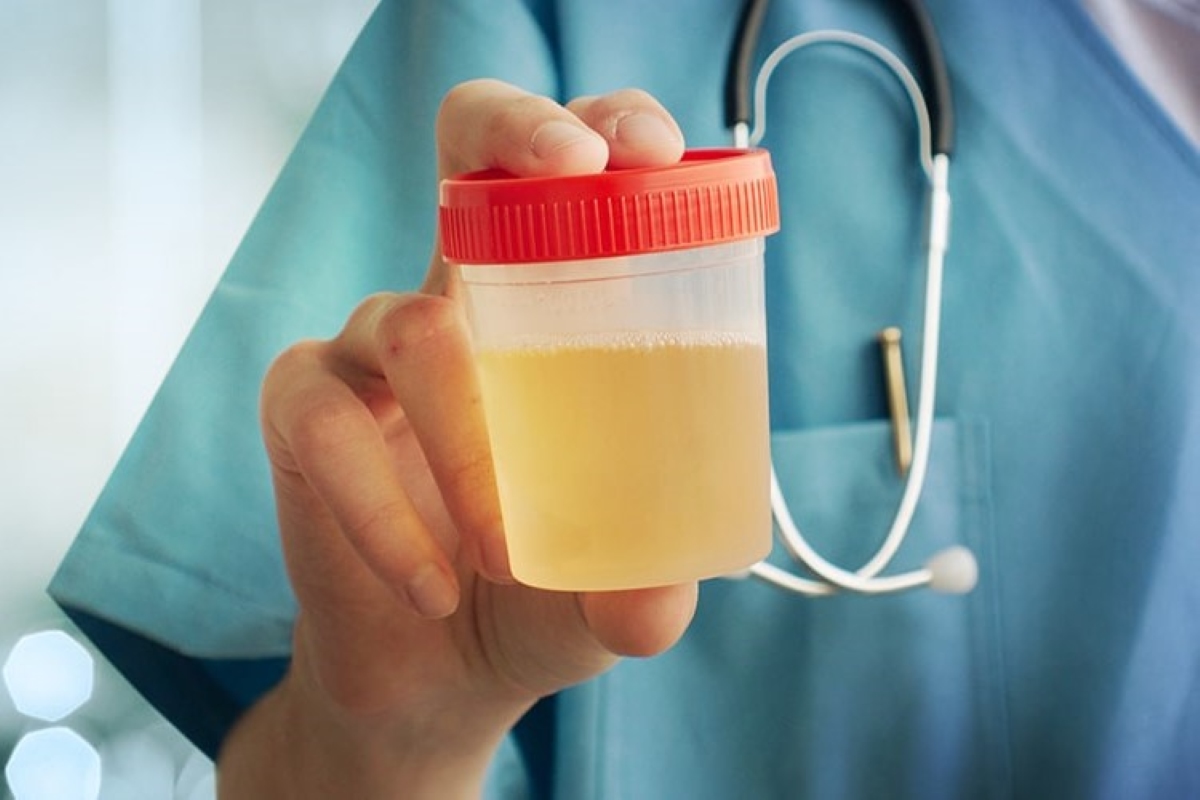
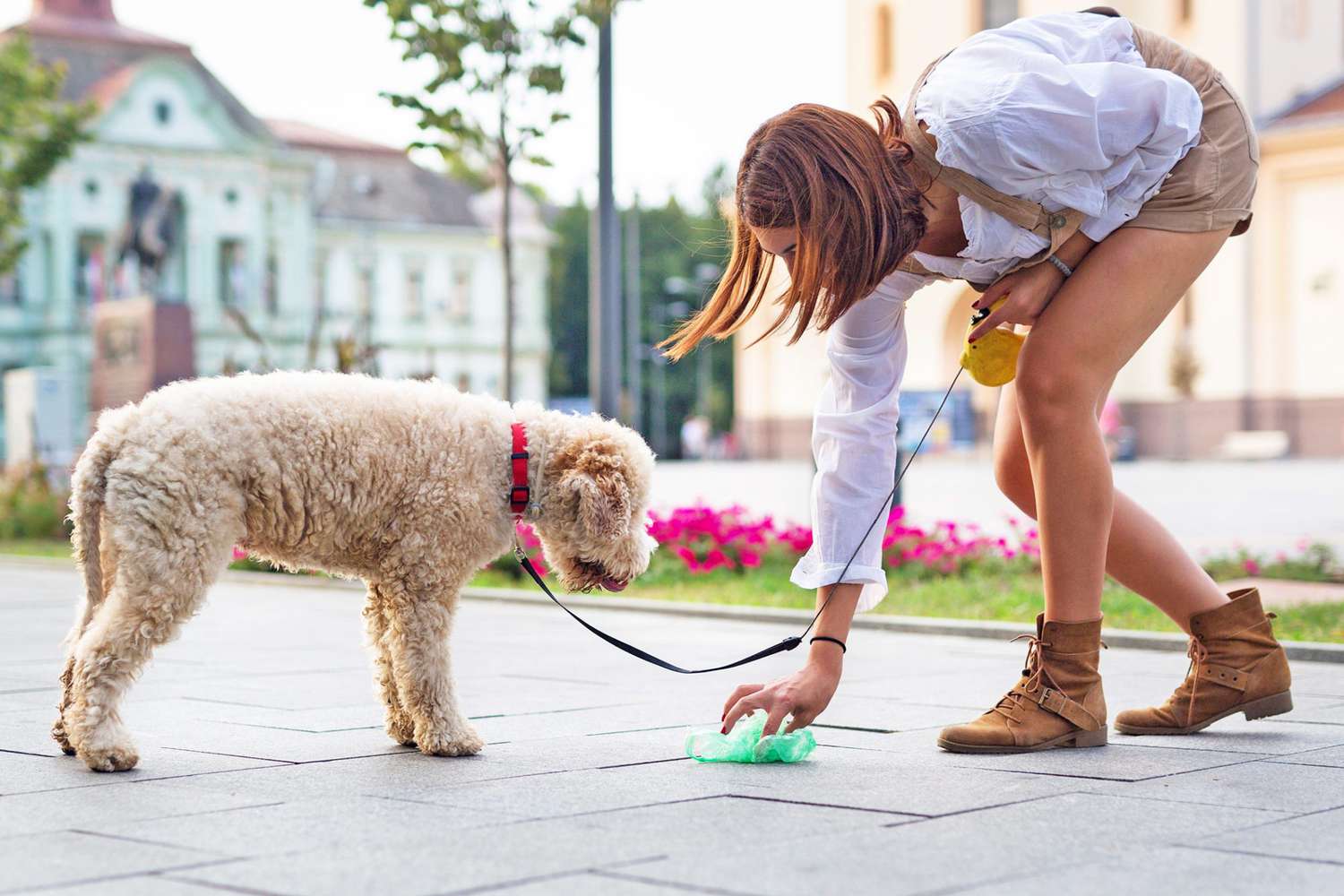
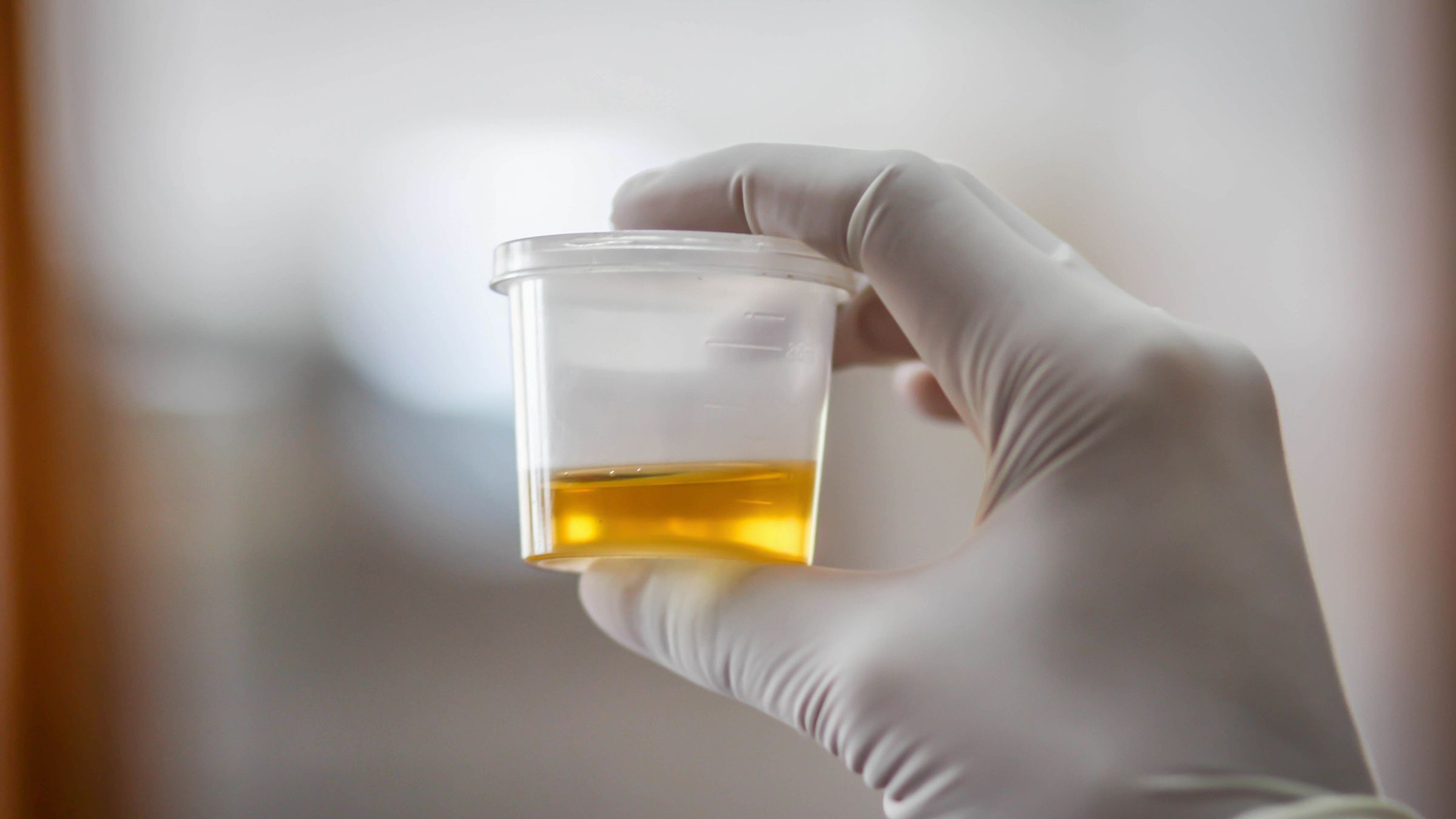
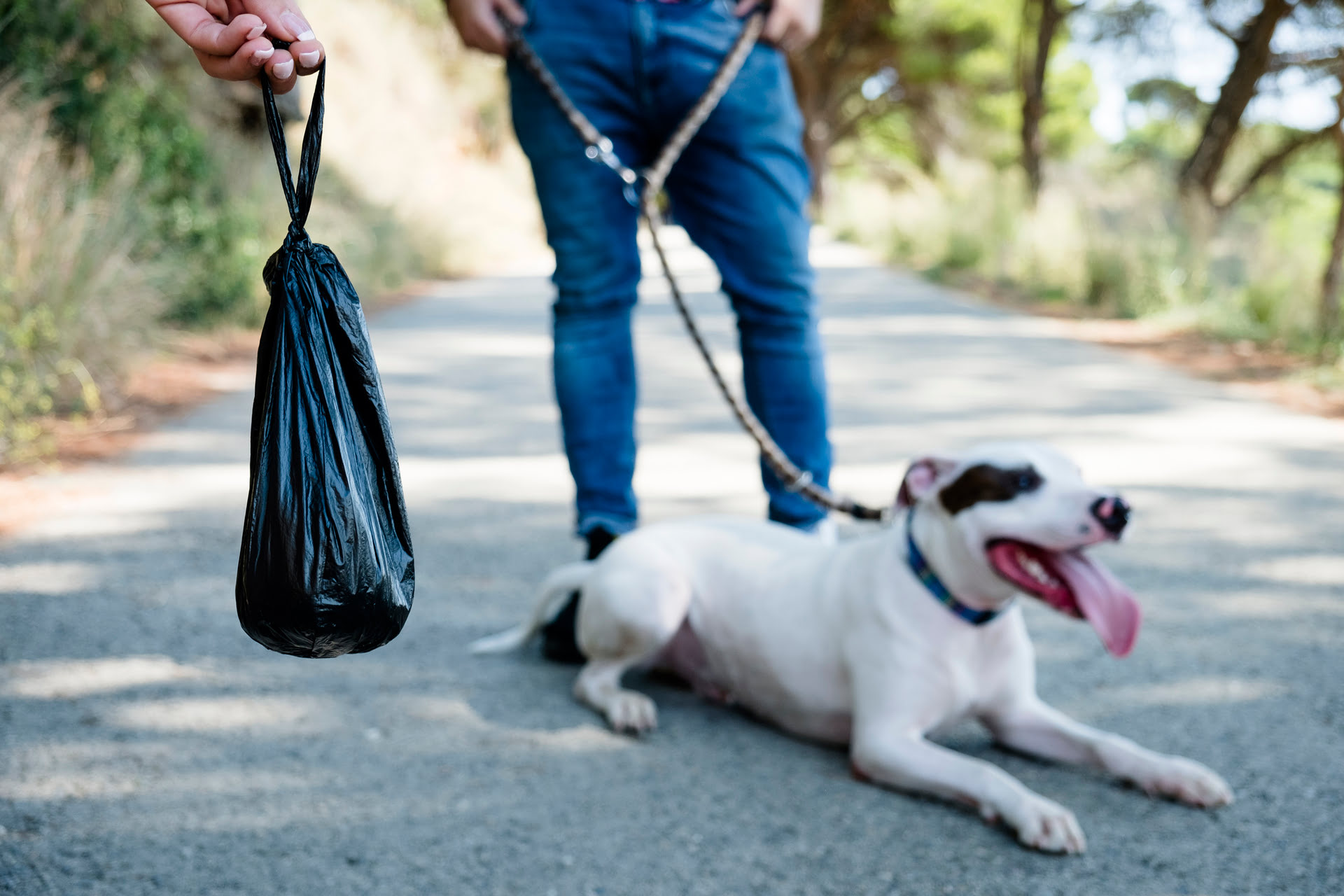
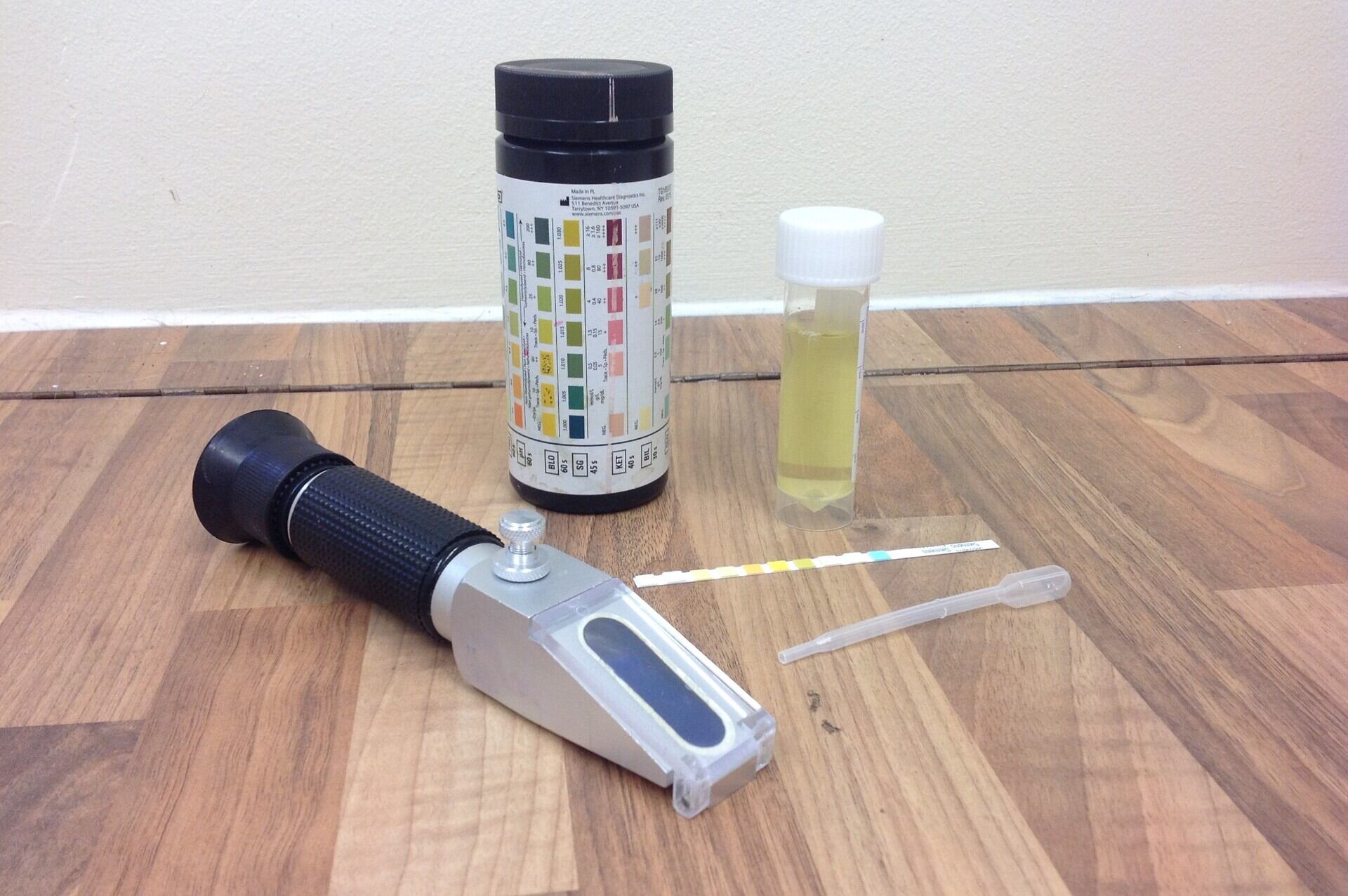

0 thoughts on “How To Store Poop Sample For Vet”